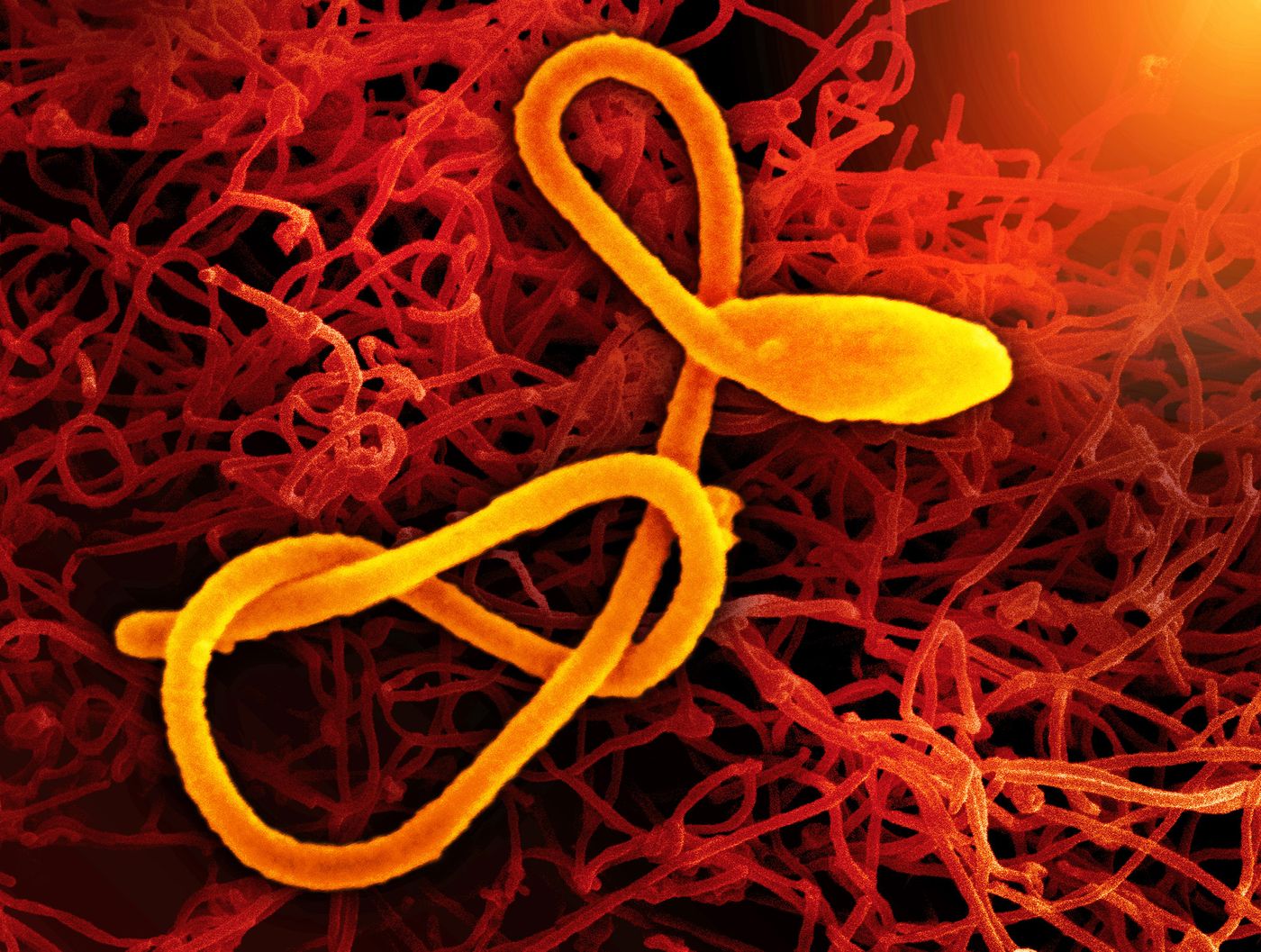
Ebola Outbreak in Uganda Triggers Lockdowns
On Saturday, Uganda extended a three-week lockdown in two small districts near Kampala, the capital, to try to control the spread of Ebola virus, which has killed 51 people since an outbreak began on September 20. While Ebola is only spread through contaminated bodily fluids, it can still be difficult to contain in dense, urban environments, and officials want to keep it out of the city. Anyone who breaks curfew or isolation protocols is subject to arrest.

According to the World Health Organization (WHO), human activity, such as encroachment on wildlife habitats and climate change, are probably increasing the incidence of zoonotic disease outbreaks, in which a pathogen jumps species. They estimate that the number of zoonotic diseases that have appeared in the region in the past decade has increased by over 63 percent.
“There have been a couple of researchers that have shown a possible link between the climatic changes that we are seeing and the increase in zoonotic diseases, and for this particular case for Ebola, for instance,” noted Patrick Otim, WHO Africa incident manager for Uganda's Ebola outbreak.
Ebola has surprised researchers in recent years. It was thought that outbreaks of infection would start only when the virus jumped from an animal host to a human. But there have been cases in which Ebola has remained dormant in an infected but recovered or asymptomatic individual for an extended period of time, then reemerged to infect someone else.
For example, an outbreak of Ebola in Guinea in 2016 was found to have started when the virus was shed, 500 days after infection, into the semen of an infection survivor who was not showing symptoms. Their sexual partner was infected a year and a half after the man had originally gotten sick.
In March 2021, there was another Ebola outbreak in Guinea, and the genetic sequence of the virus was practically identical to one that had been circulating five years before, which was shocking to scientists analyzing the source of the outbreak. The finding suggested that the virus had remained dormant in someone for all that time, before again being shed to infect someone else.Other researchers noted, however, that there was not enough evidence to rule out other possibilities, such as an unrecognized chain of transmission.
Typical Ebola symptoms include fever, vomiting, diarrhea, and bleeding. The disease is often fatal, though the rate differs depending on the strain that causes the outbreak; it may range from 25 to 90 percent.
There are some instances in which Ebola infects someone and only causes a mild illness, but the virus cannot be transmitted by shaking hands or just being around someone with the virus. It is only spread through contaminated body fluids.
There is no treatment for Ebola that directly acts on the virus. Medication can be used to treat some symptoms. But, several Ebola vaccine candidates are currently in trials.
Sources: Science, Medical Xpress via AFP, VOA








